Blog
The “Evoked Set”
June 10, 2021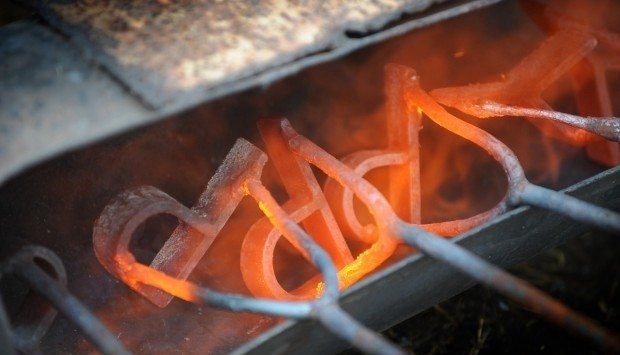
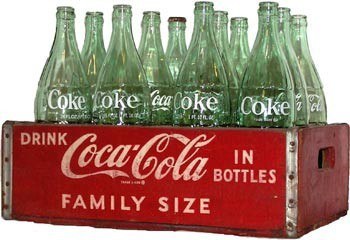
What Brands Are Top Of Mind With You?
Cola Cola’s famously shaped, green glass bottles in a wooden crate, with the timeless slogan, DRINK Coca-Cola.
One of my favorite business books is the now old, but always timeless Positioning: The Battle for your Mind, by Al Ries and Jack Trout. The book is a treatise on how positioning of a product, service or brand cuts through a very crowded marketplace to reach and grab prospects, turn them into buyers and keep them as loyal customers.
Ries and Trout adeptly advised how credibility and the ultimate sale begin in the mind of the customer. Consumers’ eyes, ears and brains are bombarded with an endless supply of commercial messaging and what reaches the heart and mind are often long-term relationships, fruitful for the marketer.
Successful brands are focused. Successful brands are relevant. Successful brands have authority. Successful brands are POSITIONED.
Regardless of how you feel about tobacco, the Marlboro Man was an iconic character and the long-running campaign, however simplistic, was a successful one for both the brand and for Leo Burnett Advertising. It sold an image, a lifestyle, but not a product.
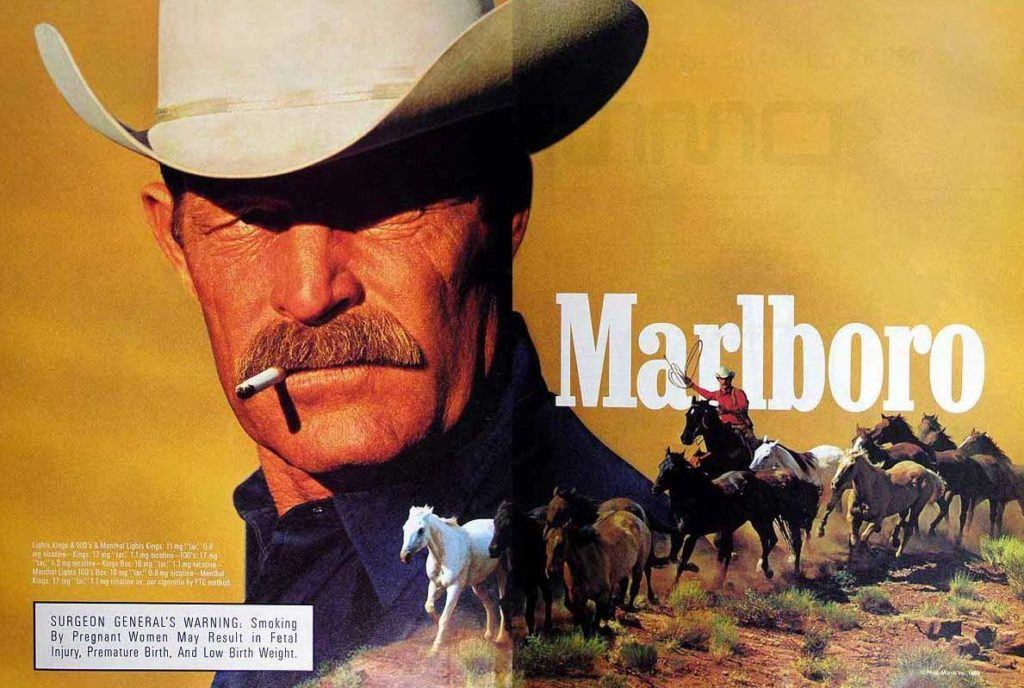
If you grew up in New England, you figured they spelled it incorrectly because it was a suburb off RT495 where technology companies flourished and kids played soccer. Besides, where was the -ugh, as it Marlborough? (I worked for a company in Marlborough and don’t remember anyone on horseback.)
Not every consumer evokes the spirit or the image we associate with the product or the lifestyle being sold. My mom raised five children and smoked Marlboros. While my parents house technically was kind of a ranch house, it certainly didn’t look anything like the Ponderosa where the Cartwrights lived.
Amazon’s Jeff Bezos is often quoted as saying, “Your brand is what people say about you when you’re not in the room.”
Although we all worked very hard, to the best of my recollection we never roped “dogies,” rustled cattle and strung barbed wire. My dad was up and running the business at 5:30 a.m. but didn’t have to drive cattle to the Rio Grande. He did have some great Stetson hats, though, mostly for dress, and is still my biggest hero. He never smoked.
Mom and her pack of red and white Marlboros.
Hard pack, box. Not soft pack. However, trust me, if they got into a scuffle, my mom and the cowboy — my money would be on the Italian mom with five kids — she’d beat the crap out of the Marlboro man.
There’s no doubt she’d hand him his ass, then his hat.
(Come to think of it, my mom was a brand. I remember as a young boy getting branded on several occasions when my mouth was writing checks my mom decided to cash. LOL)
Products, services, can exist with names, colors and campaigns, but it doesn’t make them brands, or icons. There are certain products, services and companies that own color (Coca Cola — red), consistency (Nike), ubiquity (Geico) and other attributes. Geico’s campaigns are bizarre and often so memorable you completely miss the product/service/sponsor.
I do love the “cold cuts” spots with Ickey Woods. Woo!
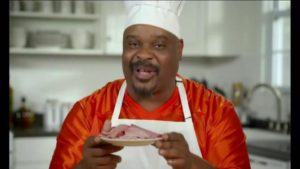
Brands should have value. Brands should have strength, credibility. Brands should be authoritative, not arrogant. The name Craftsman is one of the most valuable things Sears still owns. Sears had tremendous brand strength and most of it has slipped away. Kenmore. JC Higgins. ToughSkins. FreeSpirit. Ted Williams. Johnny Carson. Kings Road.And who could forget DieHard batteries and Silvertone Guitars. Yes. Sears sold tons of guitars. Not quite Fenders, Gibsons or Martins, but they sold.

And the mother of all ripped-off products, the first with three stripes, then with four stripes version of the Adidas running shoe called “The Winner.”
The Sears Tower is now the Willis Tower. That’s a shame. Clearly the winners were Sears management because they didn’t see their relevance slipping away. Willis Tower. Well, Sears doesn’t own it anymore. It’s like the absurd naming of everything in a stadium or the stadium itself. I hope the Golden Gate Bridge never becomes GoogleBridge or some other nonsense.
Brands need to reside in the mind of the consumer as perceived experiences and equity, not just logos against a backdrop of dull green paint on the wall of the Green Monstah in Fenway Pahk.
<p “>Evoked Set
Marketers have what is called the “evoked set,” that is, what, or who is it you think of when a product or word is mentioned, an image shown, e.g. If I say tissue, you might blurt out “Kleenex!” for Kleenex is virtually a common noun. Order Coke in a restaurant that serves Pepsi and you might get “We have Pepsi products, is that ok?” or you might just get Pepsi even though you asked for Coke.
In your fridge, is “ketchup” Heinz or Hunt’s or Publix or Trader Joe’s?
If I say “drive through coffee” you might say Dunkin Donuts, Starbucks, or something else. Howard Schultz is a brilliant marketer and Starbucks is one of the most impressive turnaround cases, ever.
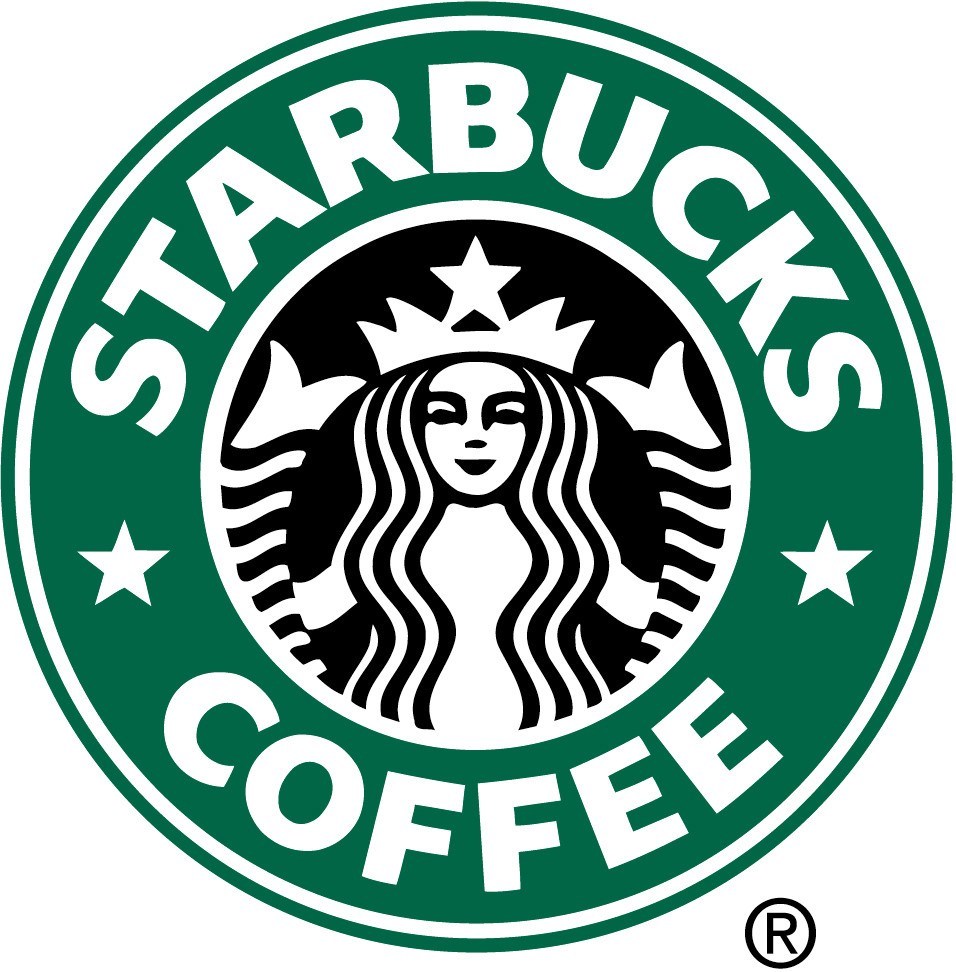
Colonel Sanders never served in the military, and he was born in Indiana, not Kentucky.
But the boy knew how to sell chicken and understood the power of branding. The trademark bolo tie and white suit. His “branding suit” was as white as Johnny Cash’s was black. (I actually went to the Kentucky Fried Chicken museum in the ’90s when I was there for a meeting.)
“Hello, I’m Johnny Cash.” Man In Black. Wearing all black. Singing other people’s songs and having them no longer be their songs once you’ve sung them, that’s Johnny Cash. That’s branding. U2’s “One” is better done by Johnny Cash than by U2. U2’s “One” is best done by Mary J. Blige with U2 in the background, than by U2 itself. Yup, branding.
And when the Colonel’s underappreciated and disgruntled employee Dave Thomas left to start Wendy’s, his brand was based in part on his daughter’s name and likeness, but mostly on repositioning the other burger chains — with better quality and square, not round hamburgers.
If I show you a photo of an appealing looking sandwich made from a loaf of bread, you might say Hoagie, Sub, Torpedo, Submarine Sandwich, ‘Grindah, or some other regional word. Subway is not so much in the sandwich business, but rather the accessorizing of bread business.
TacoBell was named after founder Glen Bell but more Southwestern in thematics than Southwest Airlines. And the origins of Outback Steakhouse were far away from Down Undah.
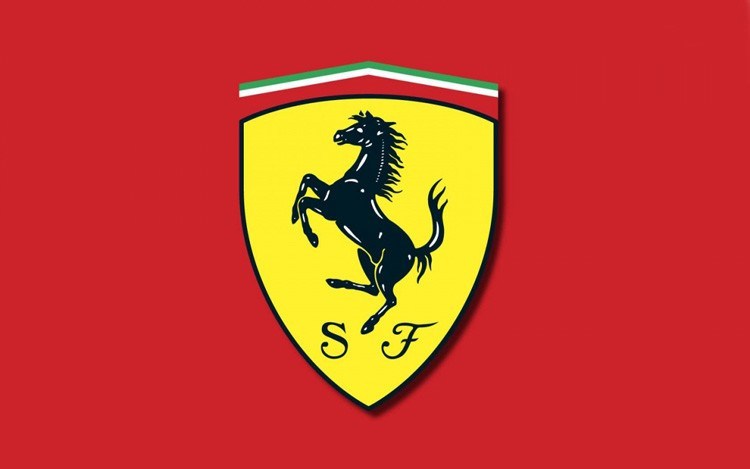
Ferrari. What’s more beautiful than the black Cavallino Rampante against a shield of gold. Incidentally, take a close look at the Porsche and Ferrari logos side by side. No accident there.
And, crosstown rival Ferruccio Lamborghini’s company’s logo, a snarling gold bull on a black shield — it’s no coincidence that the colors are the inverse of the Ferrari logos.
Mr. Lamborghini never appreciated Enzo Ferrari’s mockery of the company’s origins in farm equipment and tractors. Now we know what the snarling was all about. Enzo Ferrari and Ferry Porsche were brands and icons themselves. (The Ferrari Dino does not bear a Cavallino Rampante on it’s hood, but rather Dino in script, to pay homage to the namesake son lost at age 24.)
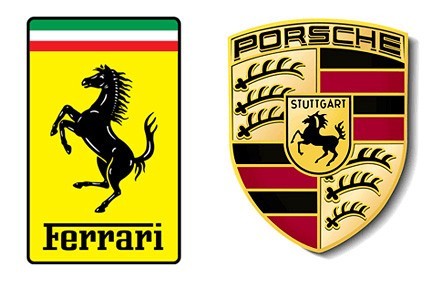
The origin of the prancing horse on Ferraris belongs to the Countess mother of fighter ace Baracca. In 1923, Enzo won a race at the Savio racetrack in Ravenna, while he was there he met the Countess Paolina, the mother of Baracca, a famous fighter pilot who painted the horse on the side of his planes. And with 34 victorious duels under his belt Baracca was a national hero. The Countess had asked Enzo to use the horse on his cars implying that it would give him good luck. It took Enzo eleven years to eventually use the horse and at SPA 24 Hours in 1932, Enzo’s Team Ferrari won. Their cars adorned the black horse exactly as it was on Baracca’s plane and Enzo added a yellow background to symbolize the color of his birthplace, Modena. Ahh. That’s where the brand began. The essence of the brand, for both Baracca, and Ferrari, was WINNING! #Hashtag Charlie Sheen.
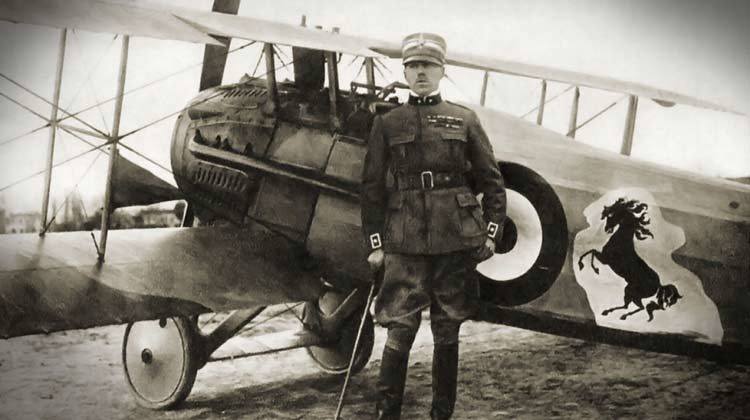
The consumer mind is hard to permeate, hard to change and hard to cultivate understanding within. Much of the barrier is comprised of preconceived notions and thoughts. I recommend watching Dudley Moore’s movie Crazy People: “Volvos, They’re Boxy But Good.” Volvo owned the safety segment in the automotive industry, until it was mutated by Ford ownership and management which tried to turn it into BMW.
It’s important to be first and exploit first mover advantages. Ries and Trout use the example of The New York Central Railroad missing the boat on airline travel because they didn’t see their industry was changing with other alternatives. Eastern Airlines’ name was too localized and passengers didn’t understand they were an international airline. Interesting, the airline name and brand is back in use. Southwest Airlines Herb Kelleher leveraged the concept of simplicity across all of the brand, even though the name was geographically limiting.
The original Plymouth Barracuda was not as attractive as the 1964 ½ Mustang, but it had all the features and content. The later Barracuda’s and ‘Cudas (high performance, high-content versions) from 1970–1974 were and are, beautiful cars, and far better looking than most Mustangs from that time.

However, Mustangs, Challengers, Barracudas, Camaros and Firebirds will forever be known as “pony cars” simply because Ford and Lee Iacocca were first to market with a reskinned Ford Falcon. The Mustang was first and it’s still here. There is the Camaro. There are Challengers, but no Cudas, because Plymouth is gone.
There are no Firebirds because Pontiac is gone. I do miss the screaming chicken on the hoods of the TransAms; I miss Pontiac.
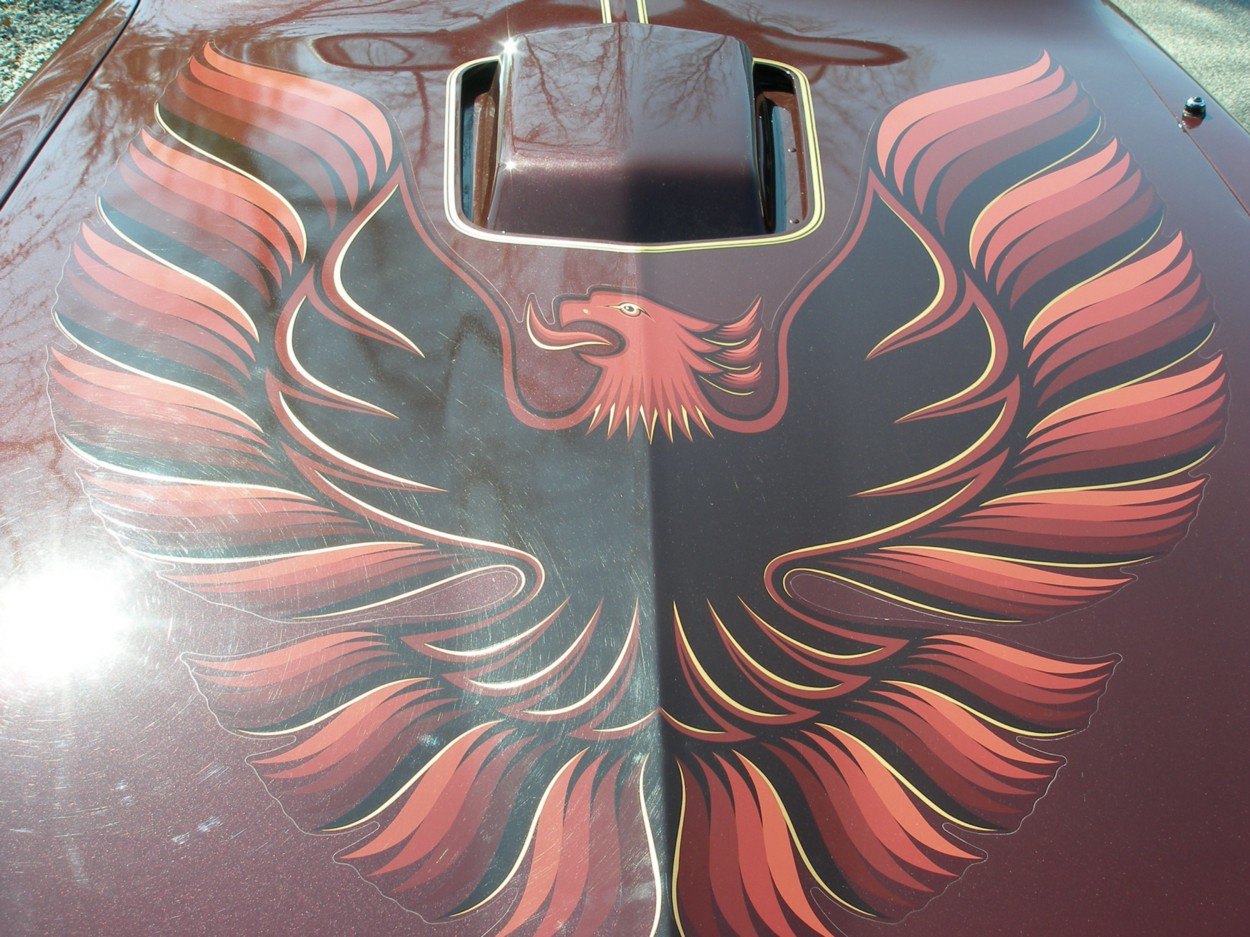
Try Harder! A campaign worthy of Don Draper and Mad Men.
Did you know Hertz was created by the man behind Yellow Cab and Yellow Freight. (Not sure why Yellow Freight had orange trucks, but surely there was a branding rationale.) Enterprise gained market share by their “We’ll pick you up” campaign, targeted squarely at the problem of getting a ride to pick up a rental car. In the 1970’s and beyond Avis campaign to compete with Hertz, it repositioned itself as harder working, harder trying. “Avis is ONLY №2 in rent-a-cars, so why go with us? We try harder. Other than Robert Wagner’s character №2 in the Austin Powers movie, who really wants to be #2.
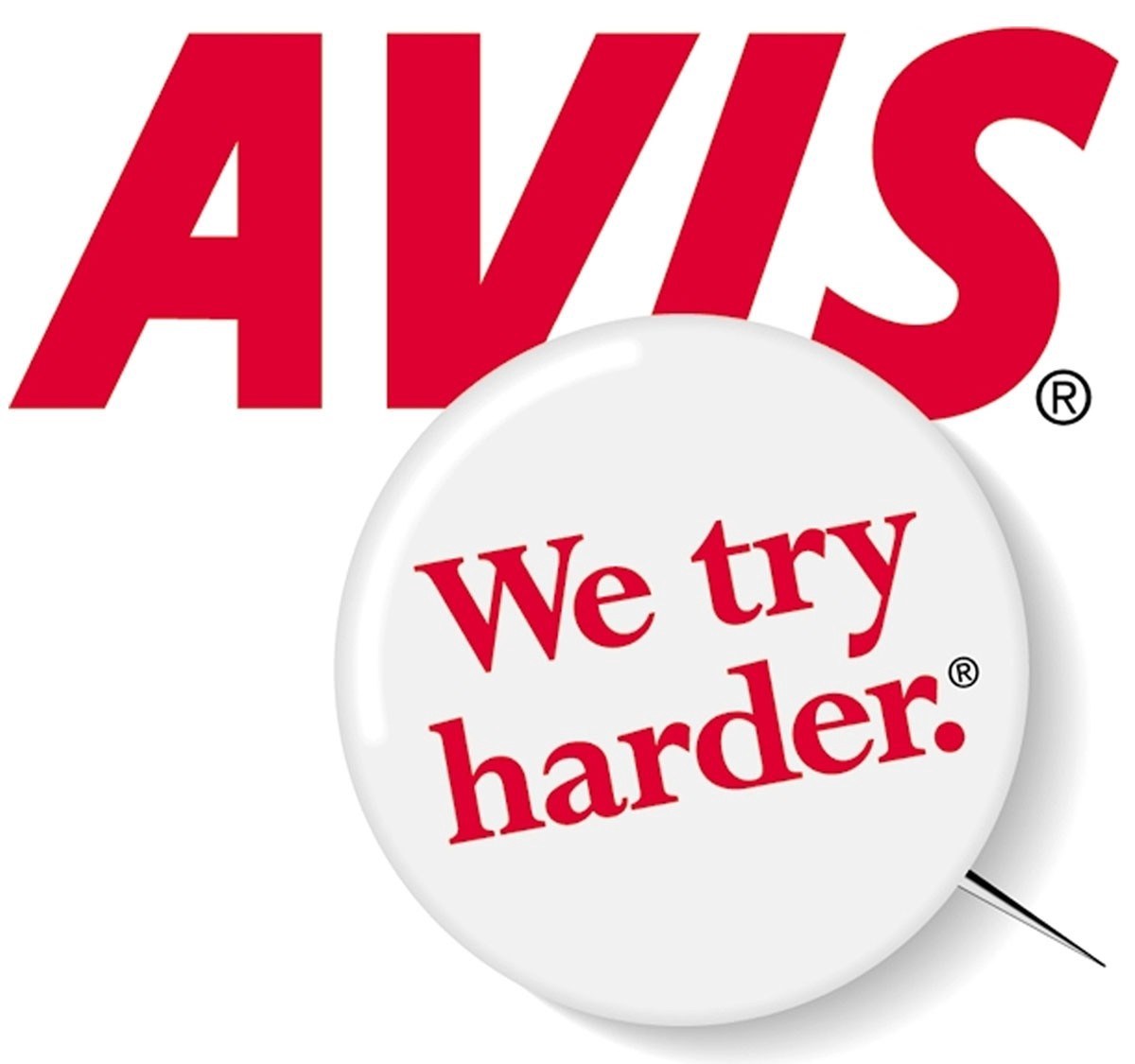
In my opinion, Hertz found themselves in bankruptcy for a litany of reasons, but thinking customers are stupid isn’t a good reason.
Hertz owns Dollar and Thrifty; Enterprise owns National and Alamo; Avis owns Budget and Payless. Consumers can rank and associate hierarchies. If nothing else by brand identity and color. Hertz has the #1 Gold service, perhaps repositioning #2. National has Emerald. There are probably too many rental car companies, just as there are far too many variations of toothpaste and breakfast cereal.
Not to mention the $98 a day Hertz sedan was the $65 Thrifty sedan, and the $47 Dollar sedan — the same car driven out of the same lot.
Likewise, #3 position 7Up repositioned #1 Coke and #2 Pepsi, and gained market share by saying what it wasn’t =’“7Up is the Uncola.” If you don’t know what you are, say what you’re not. Pay attention to that, political candidates.
Who remembers RC Cola? (It is actually back — saw it at Publix)
Starbucks took the “cup of coffee” from mundane to indulgent, with limitless build combinations, during a time that the automotive industry moved toward beige or gray interiors. The auto industry has since rediscovered customization and options, I think, a good thing.
GM’s Sloan-era brand hierarchy was genius at the time: Chevrolet — entry level; Pontiac- Sporty, a few more bucks to spend. Oldsmobile — value, a bit of luxury, a bit of performance, but stodgy, farty looking cars. Buick — older clientele and some sport, and a Buick Gran Sport wasn’t as cartoony as a Chevelle SS or a GTO but it got the job done. Cadillac — you’ve made it!
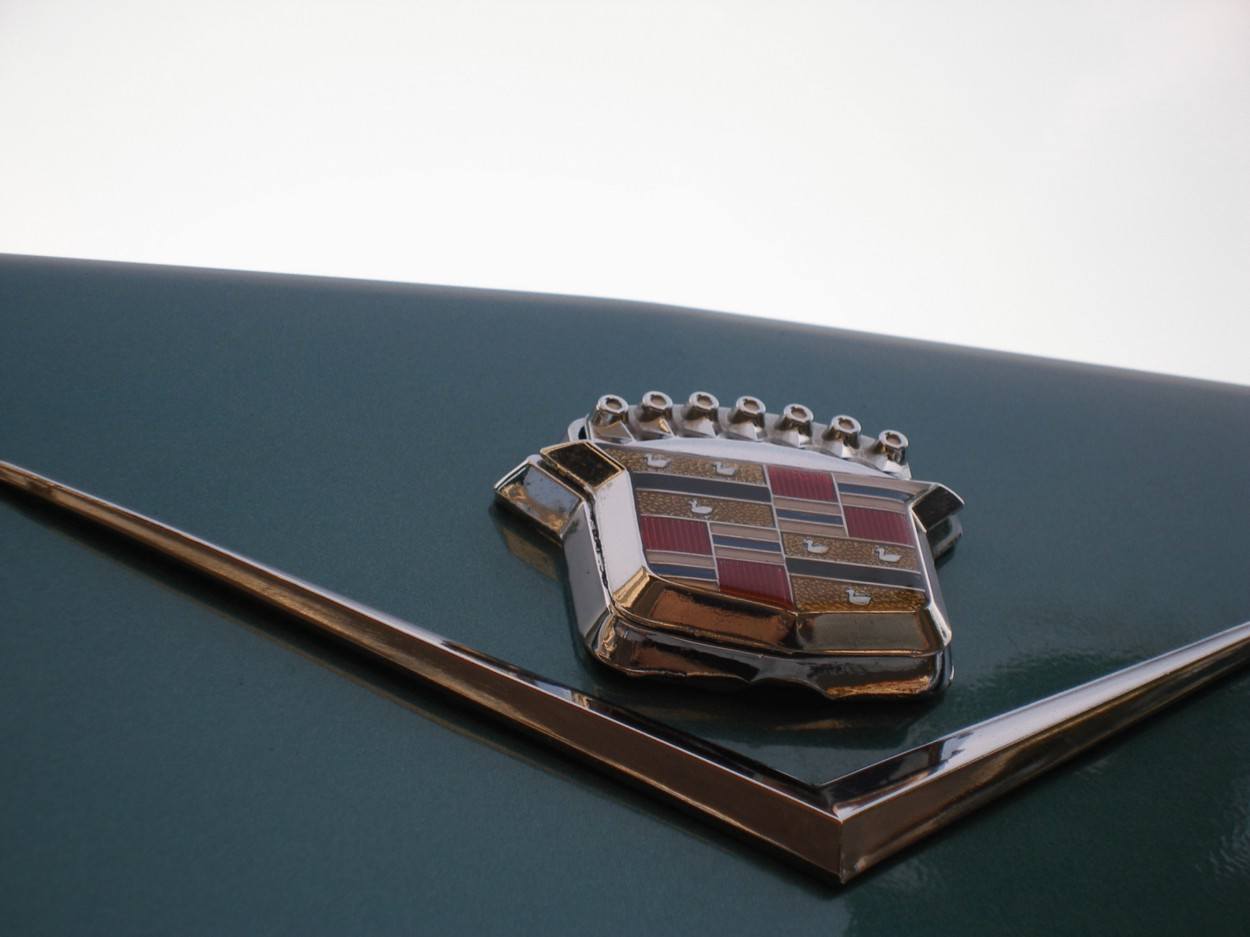
You’re also not afraid to be a bit more flashy than the person who bought an Olds or Buick which was “almost” a Cadillac. Cadillac has since thrived, dropped the V and the laurel wreath and kept an updated version of the crest. Buick is a status symbol in many foreign markets, especially China.
Pontiac is long gone, which is a shame given the brilliance of John DeLorean and Jim Wangers and the GTO. The 1961–1967 Pontiacs were beautiful cars.
Oldsmobile, which sold a bazillion cars in the 1970’s and 80’s is gone. Ford tried this and sandwiched now defunct Mercury between Ford and Lincoln.
There are still branding “layer cakes” like Honda/Acura, Nissan/Infiniti, Scion/Toyota/Lexus, e.g.
The best car I’ve ever owned was a Regimental red on red, 1967 GTO with a 400 4-barrel and a Hurst Dual Gate, with a Vacuum Gauge on the front end of the console.
It was a far better car than any old-lady from Pasadena or Providence Tempest or a Lemans. When they added a V-8, a hood scoop, a floor shifter, simple gauges and power and sound, it became far more than the sum of its parts. That’s branding. Incidentially, Pontiac blatantly stole G-T-O from Ferrari. It didn’t mean Gas, Tires, Oil, but rather, Grand Turismo Omogolato.
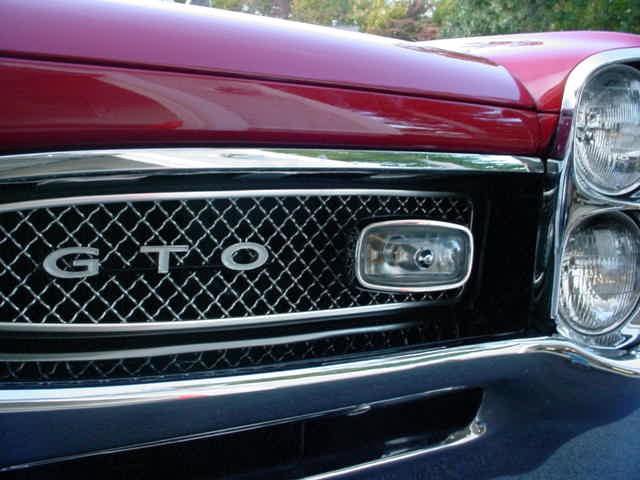
When a Rolex watch becomes a rare artifact, one which appreciates in value, even though they make and sell 2,000 of them a day, that’s branding. When a used Rolex sells for five times what an Omega, Patek Phillippe, TagHeuer, Tissot, Hamilton, or other Swiss watch sells for, that’s branding.
Yep. Look up “Veblen Goods.”

When DeBeers teaches you how to buy a diamond, the 4-C’s, e.g., that’s branding. When you pay $1500 for a chunk of Thermopedic foam to sleep on, that’s branding.
When you automatically decide to order something on Amazon.com, or have intimate conversations with Alexa, that’s branding. When Sears sells you Whirlpool appliances wearing Kenmore Badges, that’s branding. When Chevrolet Silverados with different grilles bearing GMC are sold as “Professional Grade,” that’s branding. When New England Telephone, New York Bell, NYNEX, Bell Atlantic, e.g. becomes Verizon, a meaningless word, but one with tremendous recognition and market share, that’s branding.
And, well, when you hate your cable company, that’s a complete lack of branding.
Some brands survive, some die. Kodak — the portrait of denial. They invented and ignored the digital camera. Some brands evolve.
Apple failed miserably under CEO’s other than Steve Jobs, who simplified the products and intensified focus, offering “1,000 songs in your pocket,” with the introduction of the IPod. The Pepsi guy couldn’t sell tech.
At a time when ordering a simple coffee became complex, Apple replaced your entire rack system and CD’s and albums and all of the hardware by putting it into something smaller and thinner than most wallets.
I love the armed forces campaigns. I love the Army campaign. I love Keith David’s voice over work on the Navy Campaign. I love Semper Fi for the Marines. I think it’s great how the Kraft family turned around the New England Patriots and created massive value by paying attention to the brand as much as the team. I am not a Yankee fan, but I love the pinstripes. I no longer follow football as much but I still think the Dallas Cowboys have a timeless brand with the blue and silver and star.
Tom Brady has done wonders for the Tampa Bay brand.
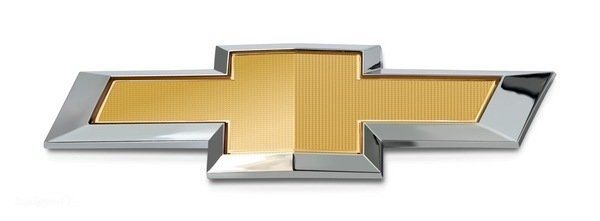
I love the Chevrolet BowTie. I love the fact that Louis Chevrolet picked it up from a wallpaper pattern.
Liquor brands are a great brand frontier. The same brand building prowess he brought to Paul Mitchell Hair Systems, John Paul DeJoria brought to Patron’ tequila (and TouchStone Energy, and many other companies.)
Love or hate the Kardashians and Jenners but they have brand recognition. Their stuff sells. They sell. Smart business people. Sometimes branding is contrived and deliberate, of course.
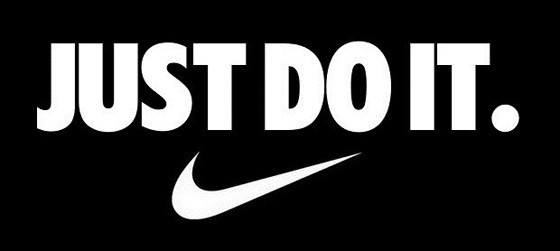
Much of the success and failure of products and services has to do with the strength and durability of the brand. Nike is a timeless logo. Don’t ever ditch the swoosh. Yes, that same logo Phil Knight hired a designer to create and paid $35 for.
And one more thing, here’s the greatest brand there is. The American Flag.
Old Glory. Stars and Stripes.
It should be a law that every American flag and anything bearing it, should be made in the United States of America. Just my thought, but a 4th of July flag purchased at WalMart shouldn’t say “Made in China.”
That’s just not consistent with the brand.
















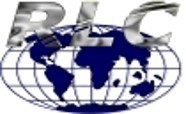















































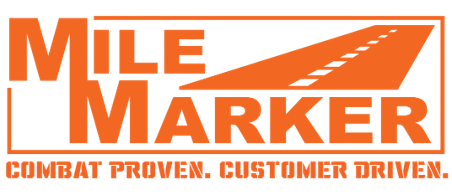
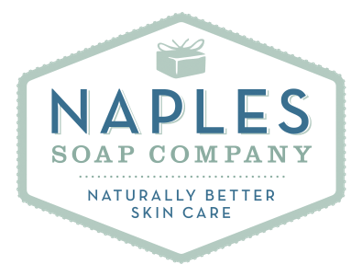





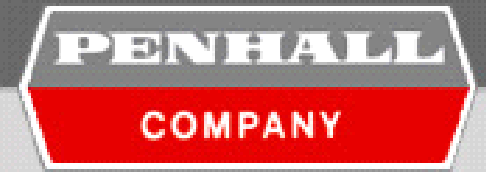
























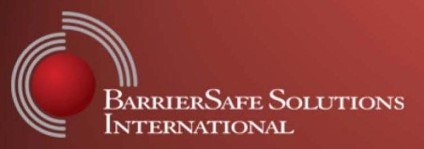
Need to grow, fix or exit your business?

